There are many causes of receding gums, which are indicated by the gums pulling away from the teeth. When the gums recede, the spaces that form between the gums and teeth can trap food debris and bacterial plaque, increasing the risk of tooth decay and gum disease, and receding gums also cause the root of the tooth to become exposed, sensitive, and vulnerable. If receding gums aren’t treated, gum recession continues and can eventually lead to loss of the teeth and, gradually, the loss of the bone that supports the teeth. Because gum tissue doesn’t grow back like skin tissue does, receding gums won’t grow back on their own, but there are treatment options that can help repair gum recession, and there are also measures you can take to prevent additional recession and protect your teeth.
Some of the contributing causes of receding gums include aggressive brushing, ineffective oral hygiene, and simple aging. Your dentist will assess your gums at each of your regular dental checkups, measuring any areas of recession before deciding on treatment options. If you haven’t seen your dentist in a while, especially if you suspect that your gums are receding, make sure to schedule a checkup. If there is bacteria that has built up in the spaces formed by your receding gums, your dentist will deep clean the area, using a scaling and root planing procedure that removes hardened and soft plaque from the surfaces of the teeth below the gum line. They may also use a topical antibacterial gel to prevent additional bacterial growth. Sometimes, this dental deep cleaning treatment is sufficient to slow down, or even stop, the gum recession process. To maintain the benefits of scaling and root planing, make sure to brush your teeth gently and regularly,with a soft-bristled toothbrush, floss at least once a day, and see your dentist for routine cleanings every six months.
If your gum recession is more severe, your dentist may recommend a surgical solution. Some of the more commonly performed surgical treatments include flap surgery, gum grafts, and bonding. Flap surgery involves making a small incision in the gums, lifting tissue up to clean beneath the gums and remove any deeply hidden plaque and tartar and then suturing the gum tissue back into place. For a gum graft, your oral surgeon will remove soft tissue from a different area of your mouth, usually the palate, and surgically graft this tissue into place over the area of recession. Both of these treatments can help prevent bone loss and protect the roots of the teeth while also improving the appearance of receding gums. For a bonding treatment, your dentist will use gum-colored dental resin to cover the roots of the teeth, protecting the tooth roots and restoring the appearance of receding gums.
Some people claim that natural remedies, like oil pulling or drinking green tea, can repair receding gums; while these methods may help balance the oral health, there is little to no clinical evidence that they have an effect on gum recession. However, with dental care and some adjusted oral hygiene practices, you and your dentist can stop gum recession and work together to repair existing damage and prevent additional recession from occurring.
